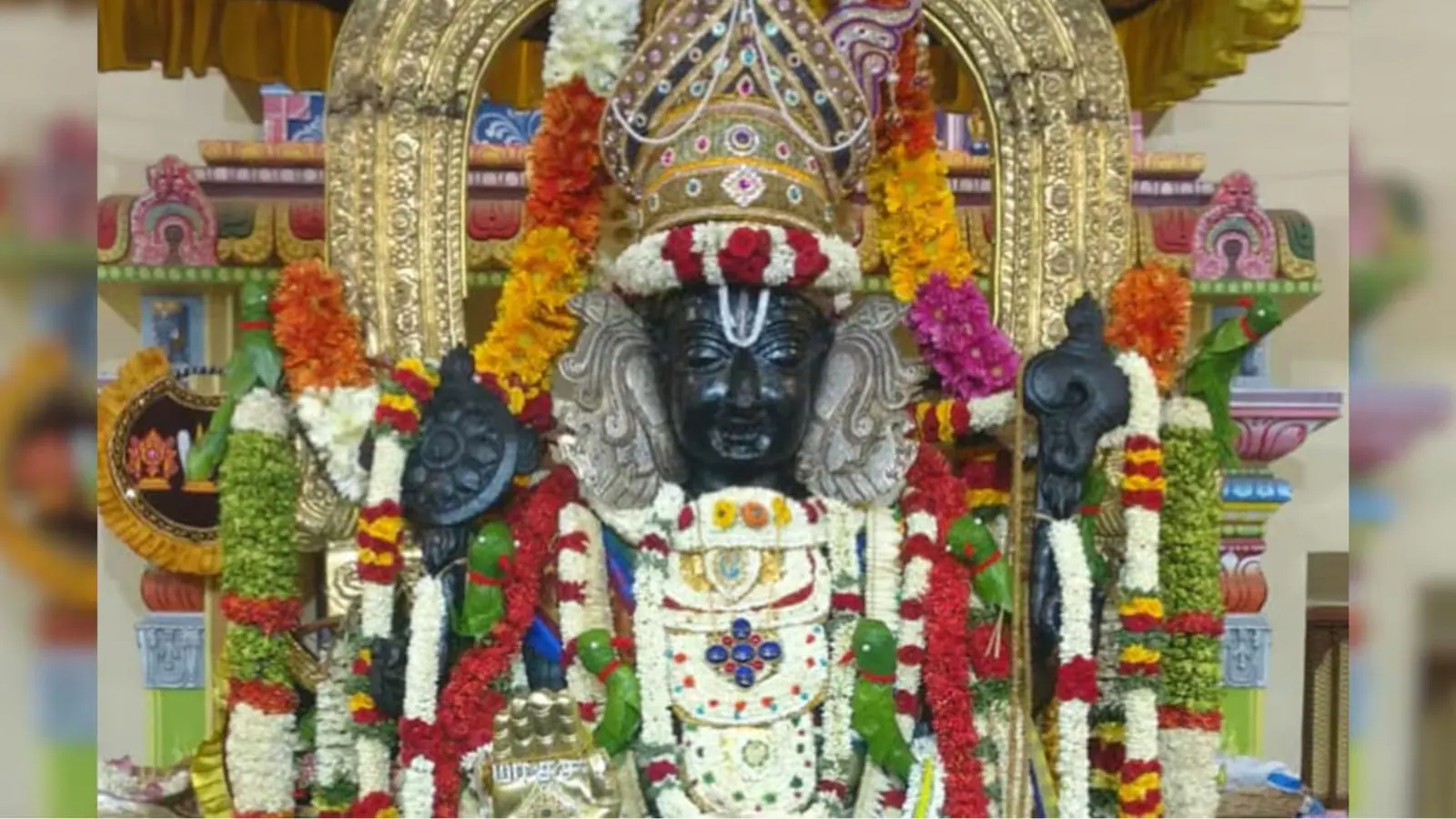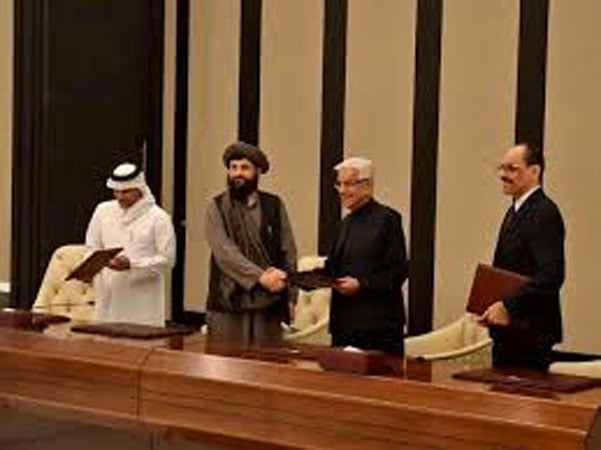Copyright news18

In recent times, the most powerful challenge to the stranglehold of Dravidianism in Tamil Nadu has largely emanated from non-institutional forces — from a combination of passionate individuals pursuing full-time professions and jobs, and from disparate groups concerned with the very survival of Sanatana culture in Tamil Nadu. The emergence of the Internet and social media as the modern public square has not only intensified the challenge but has also made serious dents in the Dravidian citadel, visible now in the physical space as well. In 2019, an event in Kanchipuram made global headlines. It was neither new nor innovative. It was simply a continuum of an ancient, unbroken tradition of Hindu piety — the grand and gorgeous celebration of Atti Varadarajaswamy, an occasion roughly comparable to, say, the Kumbh Mela. Once every 40 years, the deity of Atti Varadarajaswamy is taken out of an underground chamber located inside the tank of the Varadaraja Perumal Temple, and elaborate puja is performed for an entire ‘Mandala’ or 48 days. This is the only time that the public is allowed darshana of the deity sculpted out of atti (fig) wood. According to tradition, this deity was the original moola-murti (main deity) of the temple, which was concealed in order to save it from the recurring jihads of Ala-ud-din Khalji, Malik Kafur, Muhammad bin Tughlaq, and other “deliverers of the message of peace”. The current tradition of taking out the murti once every 40 years dates back about 400 years. In other words, it is a continuous, living tradition throbbing in the DNA of practising Hindus. Only those Hindus sundered from their roots were shocked and surprised that something like this even existed; their ignorance would have remained undisturbed but for newspaper headlines. Like most such mass Hindu festivals, this too needs no marketing or PR blitz in which the Church invests so heavily and gains such pathetic ROI. This reveals the same truth mentioned in the first part of this essay series: the Dravidian-DMK chokehold on all avenues of information dissemination. The fact that this time the Atti Varadaraja festival made international news simply proves the erosion of this Dravidian chokehold. Something else also occurred in Tamil Nadu this time: both DMK and AIADMK MLAs, leaders, party functionaries, their families — indeed, the whole Dravidian ecosystem — visited Kanchipuram in droves to have a darshan of Atti Varadaraja Swamy. This motley crew of Dravidianists is the latter-day ideological and political offspring of E.V. Ramaswamy Naicker, whose Hindu hatred sputtered to death precisely in the same Kanchipuram, which hosts his bust exactly opposite the Kanchi Shankara Matha with these spite-laden words: “He who created god is a fool, he who propagates god is a scoundrel, and he who worships god is a barbarian.” The same Naicker had proudly boasted that “it does not take much time for a Hindu to erect a mortar stone in the house and convert it into a great god by smearing red and yellow powders on it… I have broken the idols of Pillayar (Ganesh) and burnt pictures of Rama.” But like Mahmud of Ghazni, Muhammad Ghori, Ala-ud-din Khalji, Timur, Babur, Aurangzeb, and Tipu Sultan, Naicker too forgot a fundamental impulse located in the depths of the Hindu Atman. While he could and did break and burn the murtis and pictures of Ganesh, Rama, Krishna, Shiva, or Devi, he could never break the eternal and indestructible impulse that manifests as these deities — including Atti Varadaraja Swamy. Like the uncountable blades of grass that bend under the violent onslaught of a storm only to rise again, this Sanatana impulse might bend, but it never breaks. This by itself reveals another story that had been kept hidden for so long that it is no longer a secret. As the maxim goes, sunlight is the best disinfectant. This is the quiet but unstoppable resurgence of Hindu Dharma in Tamil Nadu over the last decade or so. The groundswell that the Atti Varadaraja festival attracted was, in a way, a signal event that portended this resurgence. It can be argued that this festival was what the Hindu community in the state was awaiting. History shows that an epoch-altering episode is the coming together of seemingly disjointed forces operating randomly in the realms of space and time. A chance meeting over coffee might be the first brick in the edifice of a future world empire. But the very participants in that meeting would have no way of knowing it at the time, or in future, or ever. Thus, the Atti Varadaraja festival might or might not have been this chance meeting. At the moment, for all purposes, the DMK’s power seems solid — it has no serious opposition. But its hostility towards Hindu Dharma might well prove to be its undoing — much like how it undid Aurangzeb. (Series concluded) The author is the founder and chief editor of The Dharma Dispatch. Views expressed in the above piece are personal and solely those of the author. They do not necessarily reflect News18’s views.



